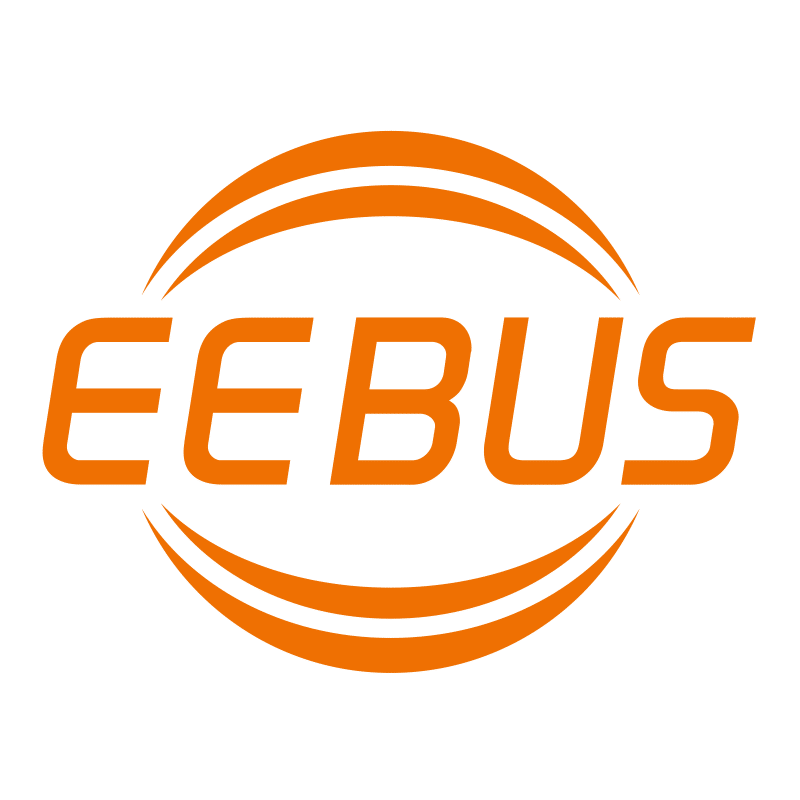12th EEBUS Members’ Assembly: Extended board reflects the growing importance of EEBUS for the energy transition
Initiative sees itself on track to establishing the EEBUS protocol as an energy communication standard.
Cologne, Nov. 12, 2020
Due to the ongoing corona pandemic, this year’s management board elections of the EEBUS Initiative e.V. took place virtually during the 12th general meeting on 30 October. The previous chairman Peter Kellendonk was confirmed in his position. The members elected Johannes Hauck, Director New Business & Regulatory Environment of the Hager Group, who had previously been a member of the board, as the new deputy chairman. He will thus be succeeding Dr. Bernhard Thies, who is moving to the Advisory Board. Josef Baumeister, BSH, was also elected to the advisory board. The third member of this body is Jo Vandale, Daikin. In addition to the confirmation of the previous board members (Jochen Bornemann, SMA; Karsten Schmolders, Bosch; Stefan Pachner, Vaillant; Mark van Kruijsbergen, Royal BAM Group; Peter Hübinger, Miele), three new members were appointed to the Management Board: Jürgen Högener, ABB, Michael Teigeler, DKE, and Dr. Gunnar Steg, Volkswagen Group Charging GmbH (Elli).
The appointment of the new board members reflects the growing importance of electromobility in the market as well as the membership structure. With experts from the fields of standardization, storage and charging technology as well as electromobility, the EEBUS initiative is now being consistently strengthened in this important future field.
Dr. Gunnar Steg (Elli): “Electromobility is becoming part of the networked energy system. We don’t need proprietary islands for this, but standardized and cross-industry solutions. This is exactly what EEBUS e.V. stands for.”
Goals of the EEBUS Initiative e.V.
The EEBUS Initiative e.V. sees itself as a partner for digitalization in the energy transition. The association’s concern is to establish the EEBUS communication protocol as a standards-based language for energy both in-house at device level and at the grid level at the grid connection point of buildings.
Background: In the course of the advancing energy transition, the share of renewable energies in the total electricity mix is constantly increasing. At the same time, renewable energies are establishing themselves in residential and commercial buildings increasingly use new technologies such as smart homes, charging stations for electric vehicles, heat pumps, energy storage or PV systems. All these consumers and producers with their large quantities of flexible loads must be coordinated and controlled by an intelligent and efficient energy management system.
The prerequisite for this is a common language for the exchange of data and statuses. In this context, the initiative promotes the EEBUS communication protocol as a standardized technology for the interaction of all actors involved.
In this effort, the initiative has recently made significant progress with the introduction of the EEBUS specifications into the DKE standardization process. “This step from our previous status – EEBUS as interface specification for Energy management systems – towards the standard at the connection point to the power grid, we regard as another important milestone. It will help us to establish EEBUS both nationally as well as internationally,” emphasizes Peter Kellendonk. So far, the EEBUS Initiative and its member companies had focused on the standardization of the end device interface and mainly brought into the field solutions around the topic of own consumption.
Integration of the grid connection point into the EEBUS protocol
The cooperation with the network operators is also well on the way: “Here we are working together with the Forum Netztechnik/Netzbetrieb in VDE (FNN) to define EEBUS as a communication standard also at the grid connection point,” explains the new Deputy Chairman of the Executive Board Johannes Hauck. The grid connection point as an interface between building services engineering and power supply network is of decisive importance before the background of the energy transition. The communication between network operator and building services engineering takes place at the connection point – for example, when capacity bottlenecks occur in the grid, which the grid operator has to respond to with power limitations for buildings. The home energy management system must in such cases be able to read the power limitation sent by the grid operator in order to use it in the control of the building’s internal energy consumers and producers. Then, for example, during a period of limitation no photovoltaic electricity is fed into the grid, but is instead consumed or saved on the premises. “Restricting EEBUS to a standardized communication protocol within a building would therefore fall short. We need the inclusion of the grid connection point for a holistic and grid-suportive energy management,” says Karsten Schmolders, Bosch.
Sights on international markets
In general, EEBUS Initiativ e.V. believes it is on the right track: “We have set the course to further expand the application of our communication protocol in Germany. At the same time, we are pursuing the internationalization of our standard with regard to European markets and beyond. To this end, we have already positioned ourselves with the global opening of our initiative for manufacturers like BDR Thermea Group, Daikin, IT companies like Microsoft or energy suppliers such as the State Grid Corporation of China (SGCC),” Jürgen Högener, ABB, is optimistic and adds: “We will continue to drive the international expansion as a focus objective for the next few years. Especially internationally acting outfitters of building and energy systems need cross-domain, interoperable and standardized solutions such as EEBUS”
Please download the pdf version from here
